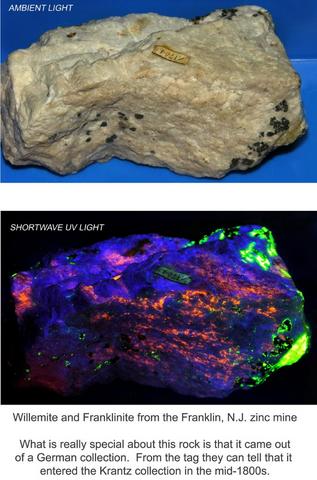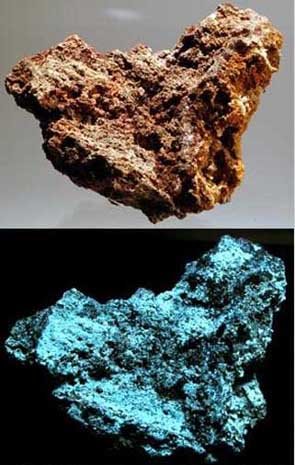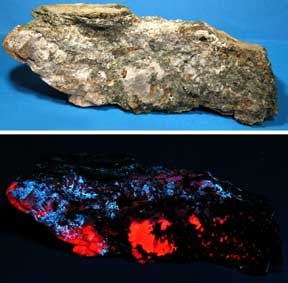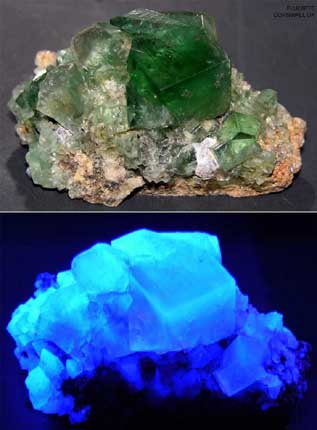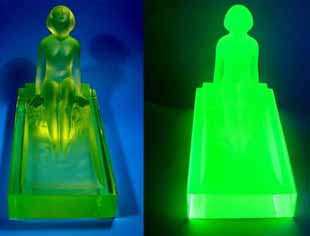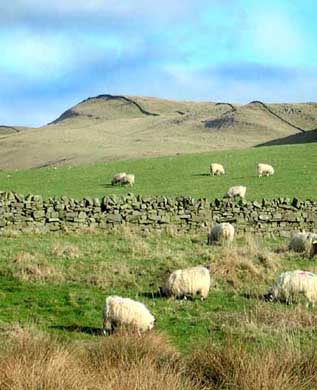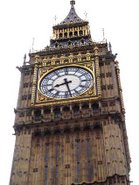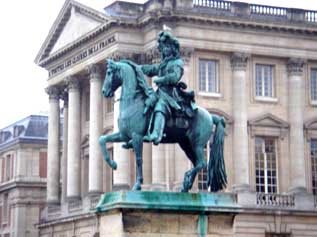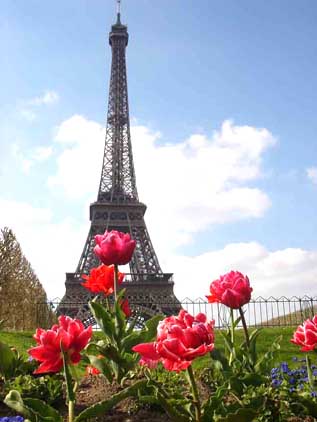American Indians
-
Yesterday out at Hueco Tanks http://hpgarland.blogspot.com/2007/01/hueco-tanks.html about 20 miles east of El Paso, Texas they had an "interpretive fair." This amounted to free entrance (I already have a paid up annual membership), and several tables set up by vendors 
-
My little doggie Inu and I got there at just the right time to hear a long talk by one of the four remaining pure-bred Kiowa elders. Then they did some traditional songs and dances. Really moving. It was apparent that these old Kiowa elders really felt the sense of history and of their ancestors who had died at this spot fighting soldiers.
-
From an old Kiowa woman I bought a pair of hand made  turquoise earrings. Her son who must have been about 50 is the artist who made them. She introduced me to him and it was nice to talk about lapidary and the techniques he uses to cut and polish the turquoise.
turquoise earrings. Her son who must have been about 50 is the artist who made them. She introduced me to him and it was nice to talk about lapidary and the techniques he uses to cut and polish the turquoise.
-
From two very genuine Navajo women from Northern New Mexico USA I bought a nice beaded necklace. It celebrates the Raven in Navajo mythology. The mythological story was so obviously genuine and a part of their oral history passed down among the elders, that I got the lady to repeat it so that I could record the story.
-
The myth relates to why Ravens are black. During a winter of great famine the Gods sent down a lightning bolt to warm the animals. Many animals tried to retrieve an ember to warm them, but only the raven was successful. But the ash from the fire of the embers turned the raven from blue to black. When you see ravens in strong sunlight you can still see a little bit of the blue color. And the lightning and the fire are represented by the colors of fire.
-
-




